Leaderboard
Popular Content
Showing content with the highest reputation on 09/21/2021 in all areas
-
3 points
-
2 points
-
2 points
-
Austin America that is.....not a Mopar still just as fun. Test cradle I now have fabricated and rigged....fabricated the cold air and filter set up today allowing me to finalized the common air box for the twin H4 carbs and got it matching paint to engine. Been a process but been fun for the most part.......upper rad hose still not been put on nor the oil line connected to the console. But we getting ever so close.....1 point
-
my stand is the very cradle to the 5 cars I have yet in inventory here both automatic or manual transmission...they will range from various CC displacement but yes...the basic block is one size fits all...from 850cc through 1390 cc and a host of carburation options, axle outputs and exhaust option and well you get the picture but yes is single car design. Sweet part is the cradle has not been dinked with in a manner of welds, drill holes and cuts that one cannot pop this unit into a car body should a collision renders one useless....the cradles many never retain if they part out a body due to the very size and stripping it of the suspension is a little bit of work also. Potty trained...you bet your sweet bippy it is....this series never got turbo charged though...that was next generation...1 point
-
@Sniper - After you mentioned the one ring possibly being chrome it made a lot more sense. I called the parts supplier that I purchased from and they clarified that the black ring is chrome and goes on top. Also said the new style pistons can be put in either direction since there is no heat dam. Thanks for the help, its appreciated.1 point
-
I understand running the rebuilt engine in the car but in my case this is a spare engine. I’m probably going to transplant it into my ear eventually. I’ve never rebuilt an engine before so I’d rather find out my mistakes before I get to that point. The engine currently in the car was rebuilt 8000 miles ago and it wasn’t a smooth process. If we could have run it on a stand we could have avoided the problems that we had.1 point
-
This happened to a friend of ours who had hundreds of National Geographic magazines stored in his attic.1 point
-
1 point
-
One thing to consider with alcohol fuels is that they are less dense than the gasolines that were available 70 years ago. This means that you need to set your float lower than spec. Lower density means that the float needs to sit lower to offer sufficient pressure on the needle valve to shut off the fuel flow. I set mine about 3/32" lower than spec. and have not had any issues with full throttle acceleration and starving the carb.1 point
-
Keep putting things in the attic and they will eventually find a rapid and noisy way to move themselves into the basement.1 point
-
You don't need a 12 volt system to get FM and blue tooth on your old tube radio.1 point
-
1 point
-
We found a seal on Ebay. It is a TOSTEL seal T5851. The OD is 3.110. My son installed it yesterday. No more leaks. Thanks to all who replied. Dennis1 point
-
LOL I had to laugh at this. I can't bring myself to use the word 'Petrol' over here even though I've been here 24 years. I'm from Minnesota. I get many strange looks here when I say, I need to get some gas.1 point
-
Thank you Gents....ordered a 180 piece grommet kit that includes 25 grommets the size of the 51A-17562 grommet. Regards.1 point
-
I used 51A-17562 grommets. If your wiper motor has hex brass connections, make sure that they are free to rotate.1 point
-
Very rusty pitted rims is makes them scrap metal. There should be no deep excessive rust and pitting in the side ring groove. No cracks or severe hammer marks on or around the rim side ring groove. No cracking in the groove. The side ring should not be damaged by severe rust or pitting. The ring should not be damaged from hamming or be kinked or bent from improper removal. The links above will state all this. Common sense information. These side ring wheels wheels are completely safe following proper inspection and mounting/dismounting procedures. They are a real nice looking wheel compared to modern plain looking wheels. The problem is you have to find a "real" tire man who will do the job if you cannot. I recommend Brent!?1 point
-
My Motors manual shows Spark plugs: .025 for Plymouth 1935-48. .035 for Plymouth 1949-53 Points: .020 for Plymouth 1935-1953 Its been my experience that black sooty plugs is to rich of a carb mixture. You should also see black sooty smoke coming from the tailpipe. If thats the case, to rich of a carb mixture can be a lot of different things - from something simple like a dirty air cleaner to something internal in the carb.1 point
-
Dave; I am running dual points in my distributor. It is possible to alter the vacuum advance curve in our distributors by adding/removing shims in the spting chamber. I have not changed my curve sence I initially set it up per book specifications. I might try what you suggest. What direction would you recommend?1 point
-
Just finished reading in my new issue of Auto Restorer a letter about running without a vacuum advance, where the writer estimates this practice costs the operator about 20 percent fuel mileage in the wrong direction. He goes on to remember using dual-point distributors in early day street rod applications that typically used centrifugal-only advance. He mentioned one Ford that gave only 4 mpg with such a setup. Vacuum advance units are typically found only on passanger and light truck units, and are really used to save fuel in stop-and-go driving conditions. The writer went on to speak about adjustable vacuum advances, where the advance curve can indeed be controlled with a set screw inside the vacuum port. To my best knowledge, no such animal is available for our older MoPar applications. Wouldn't it be fun to adapt an adjustable advance unit to a flattie distributor and do some tests with different vacuum advance curves to see how economy and drivability are affected. Why, if someone came up with an easy retrofit for a later model adjustable advance unit, it might be both better and cheaper than the 65-75 dollar pirce range we are all now paying for sealed, non-adjustable advance units. Anybody have an idea on where to start finding such an animal? I know a few of you have parts backgrounds. Can anyone offer some retrofit help/ideas? Thanks:)1 point
-
As Don Coatney pointed out, most industrial application gasoline engines typically do not use vacuum advance units. Anything with a governor will generally not have a vacuum advance, like farm tractors, heavy trucks, etc. Typically these distributors do have centrifugal advance units, just not the vacuum type. The purpose of the vacuum unit is to improve economy on vehicles that move in traffic at varying speeds. If you used a non-vac advance distributor in a B1B, the only difference you might note is a little less fuel economy, IMHO. Having stood on my stump and said all that, I'm sure someone out there will probably be able to point to an exception or two. Go figger . . . . . .1 point
-
Many industrial engines did not have a vacuum advance. Not required on an engine that runs at a set (governed) speed. Someone may have installed an industrial engine in your vehicle. The engine serial number may tell you what the engine is. You can easily install a distributor with a vacuum advance. Just make sure the distributor is the correct length for your engine. Not sure if you have a long or short block engine.1 point

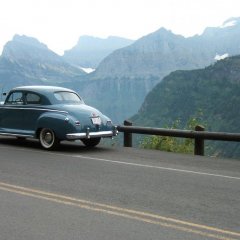

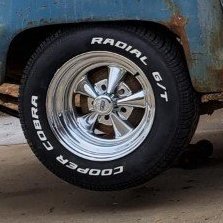
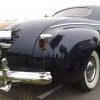
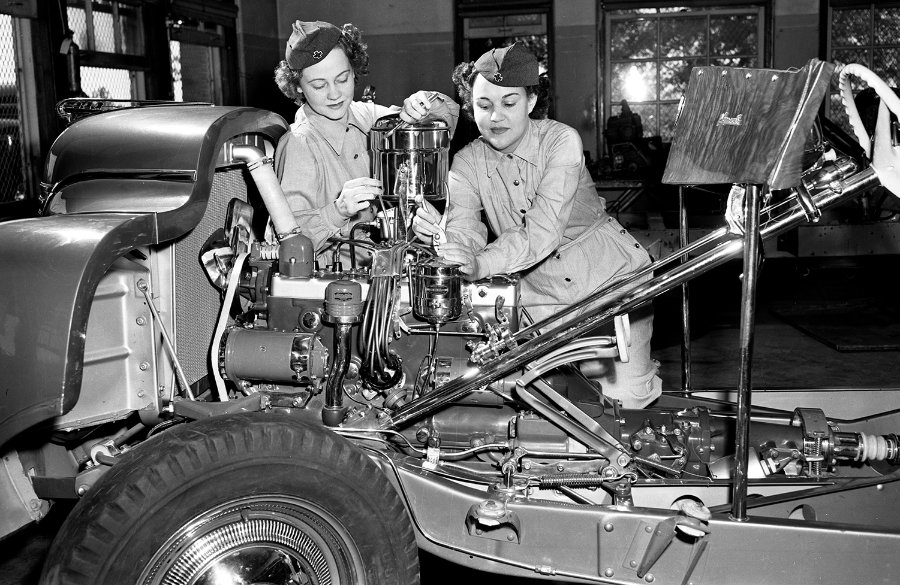


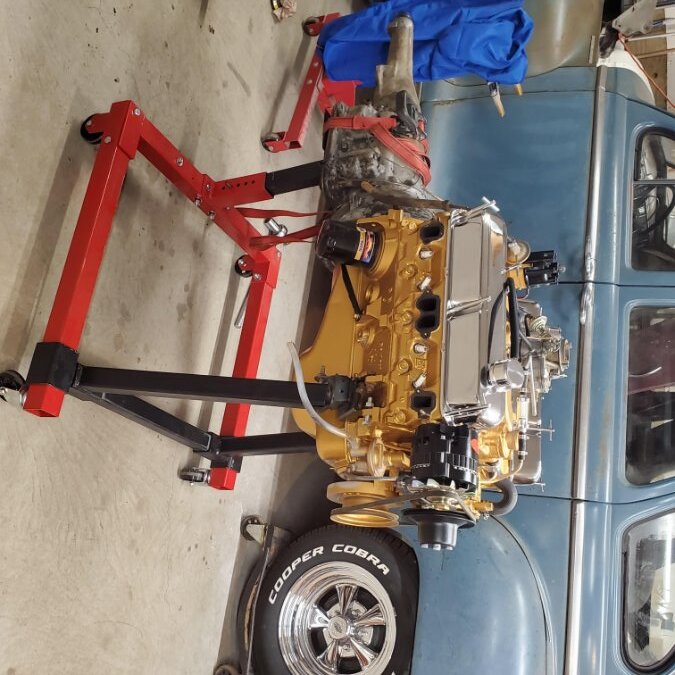




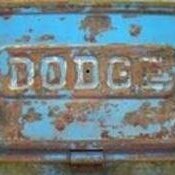
.thumb.jpg.02780c0baf3122fbde88acb87bec571d.jpg)




